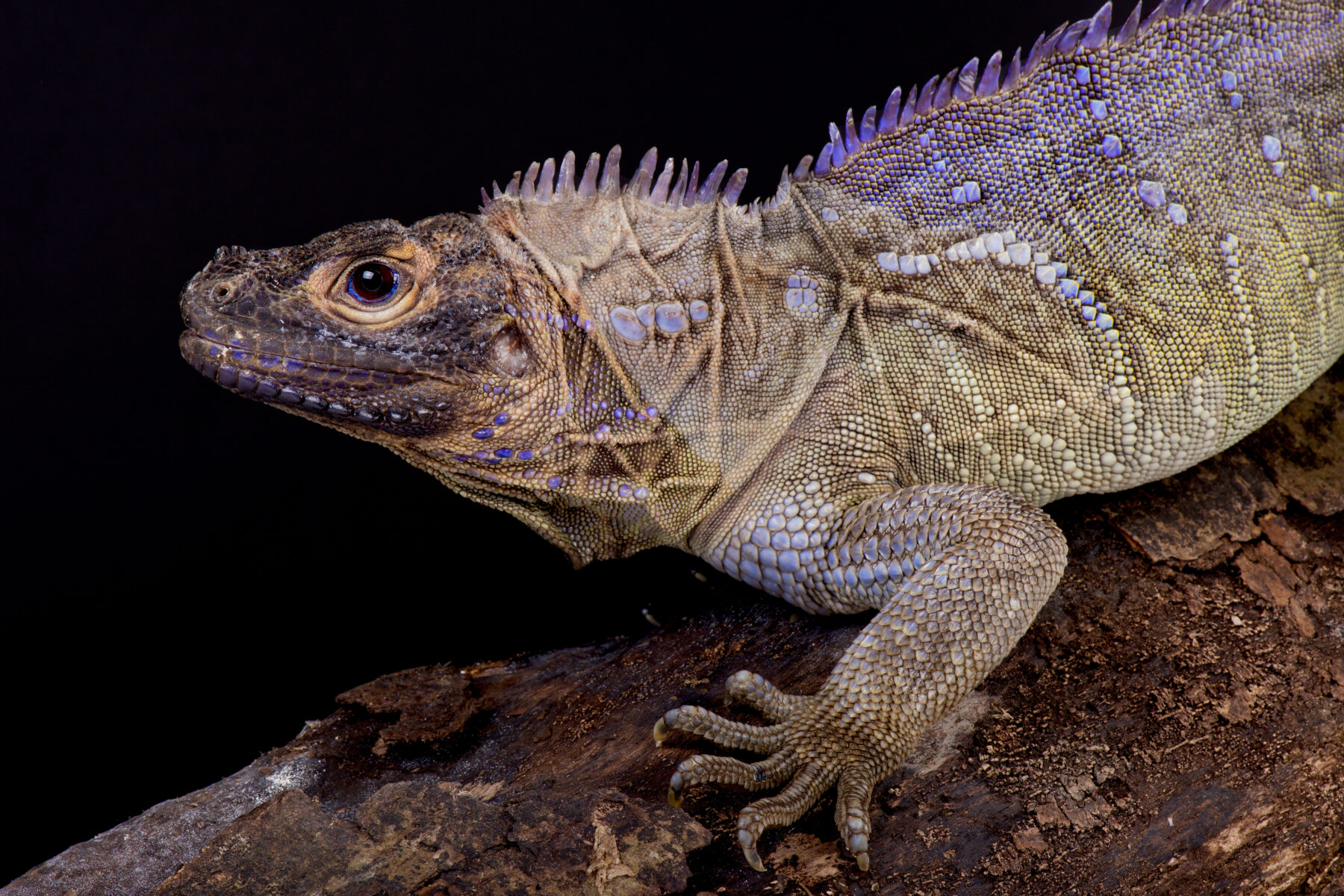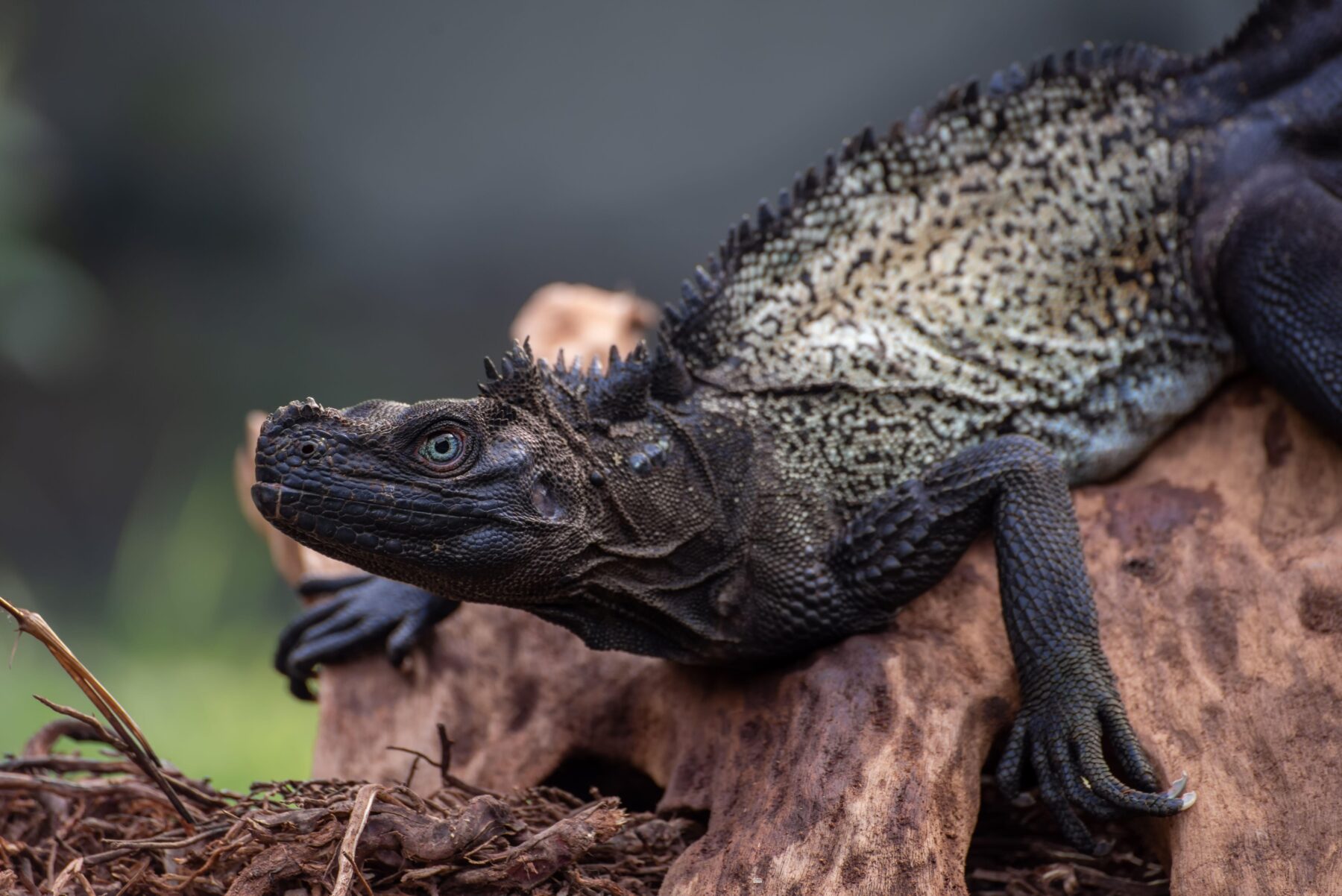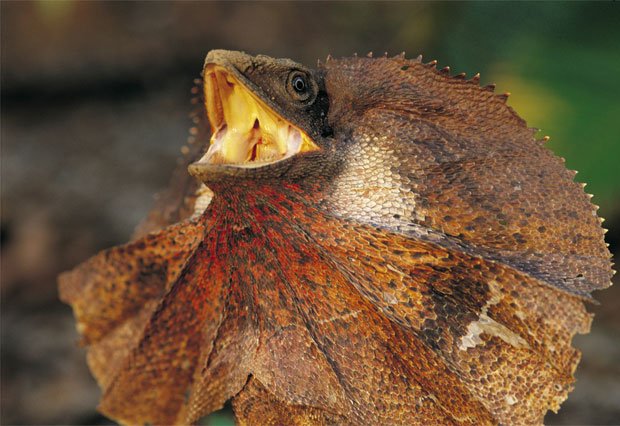Hydrosaurus lizards look like old-timey dinosaurs

Bec Crew
Bec Crew

Okay, they still look like this because toy companies (mostly) don’t care about the existence of feathered dinosaurs… but I digress.
This wonderful reptile might look like something straight out of a ‘90s dinosaur diorama, but there’s nothing extinct about it. In fact, Hydrosaurus lizards are perfectly suited to life in Southeast Asian jungles and mangroves – and they’ll walk on water to prove it. When threatened, Hydrosaurus lizards will get up on their hind legs and scoot across the surface of water, similar to how the basilisk, or “Jesus Christ lizard”, does it.
There are five known species of Hydrosaurus lizards: three are found in Indonesia, one in the Philippines and another in Western New Guinea. They are semiaquatic, which means they spend a good part of their lives submerged in water.
Also known as sailfin dragons, the most impressive trait of the Hydrosaurus lizard is the absolutely stunning sail-like structure on their tails. They also display a wide range of colours and patterns. The species pictured below, the Philippine sailfin lizard (Hydrosaurus pustulatus), can take on vibrant shades of neon purple, cyan, and harlequin as mature adults.

Then there’s the Sulawesi black sailfin lizard (Hydrosaurus celebensis), which hails from the Indonesian island of Sulawesi, east of Borneo. With its narrow snout, piercing eyes and incredible black and gold colouring, this lizard looks like it’s been torn out of the pages of a dinosaur colouring book:

The Sulawesi black sailfin lizard is one of the largest Hydrosaurus lizards, stretching to more than 100cm long.
What’s surprising is how little studied these two species (and Hydrosaurus lizards in general) are. It wasn’t until 2020 that the Sulawesi black sailfin lizard and Indonesian giant sailfin dragon were confirmed as their own species.
Sadly, Australia is bereft of its own native Hydrosaurus lizards, but we do have plenty of species in the larger Agamidae family, including the frilled-neck lizard, eastern bearded dragon, and thorny devil.
Hydrosaurus lizards are up against it. In addition to the destruction of their habitat, the illegal pet trade has decimated wild populations – often, poachers will take every last mature adult, leaving only the juveniles. This is a massive problem because the survival of populations then depends on these juveniles making it to adulthood in order to breed.
You can find out more about what researchers are hoping can be done for the conservation of this beautiful animal here.


